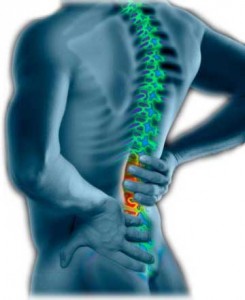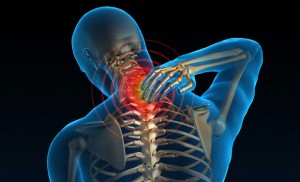Do’s and Don’ts To Avoid Low Back Pain
Simple things we do affects our back. These simple do’s and don’ts to avoid low back pain will help you save your back and have a healthier back.
The following is for everyone who are able to perform these activities.
- Lifting
- Bend with your knees, not your back. Left with your legs and hold object close to your body. Lift objects only chest-high. When load is heavy, get help and plan ahead to avoid sudden load shifts. Always be sure of your footing.
- Don’t bend over with legs straight or twist while lifting. Avoid trying to lift above shoulder-level. These positions may cause injury.
- Standing and Walking
- Stand with one foot up; change positions often. Bend with knees to keep back straight. Walk with good posture keeping head high, chin tucked in, pelvis forward, toes straight ahead. Wear comfortable shoes.
- Don’t stand in one position too long. Don’t bend forward with straight legs, or walk with poor posture. Don’t wear high heeled or platform shoes when standing or walking for long periods.
- Driving
- Move car seat forward to keep knees bent and higher than hips. Sit straight; drive with both hands on the wheel.
- Don’t drive sitting far back from the wheel. Stretching for the pedals and wheel increases low back curve and strain.
- Sitting
- Sit in chairs low enough to place both feet on the floor with knees higher than hips. You may cross your legs or put your feet up on a stool. Sit firmly against back of chair.
- Don’t slump. Don’t sit in a chair that’s too high or too far from your work: – avoid leaning forward and arching your back.
- Sleeping
- A good night’s sleep on a firm mattress is good for you and your back. Sleep on your side with knees bent, or on your back with a pillow under your knees.
- Don’t sleep or lounge on soft, sagging, no-support mattresses or cushions. Swayback and back strain will result, especially when sleeping on your stomach.
Don’t wait for low back pain. Take care of your back with these simple do’s and don’ts for the low back and you’ll be sure to enjoy life pain free!
If you have back pain and are having difficulty with lifting, walking, standing, sitting, driving, and sleeping, call to get examined by our physical therapist at KTS Physical Therapy in Severna Park, MD at (443) 906-6070.
By Jennifer Angeles (Updated: 06/14/2020)


